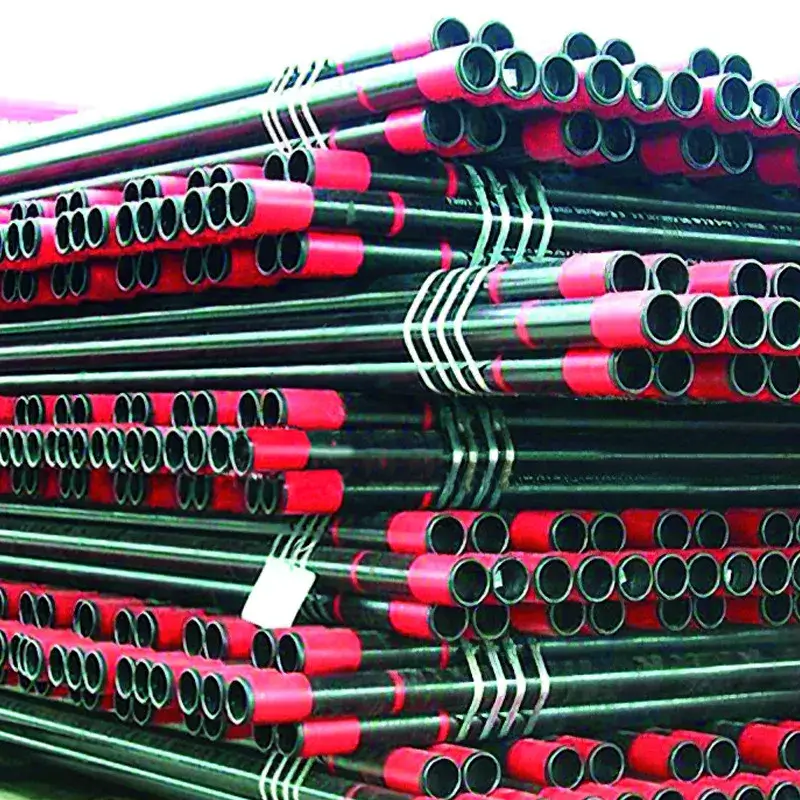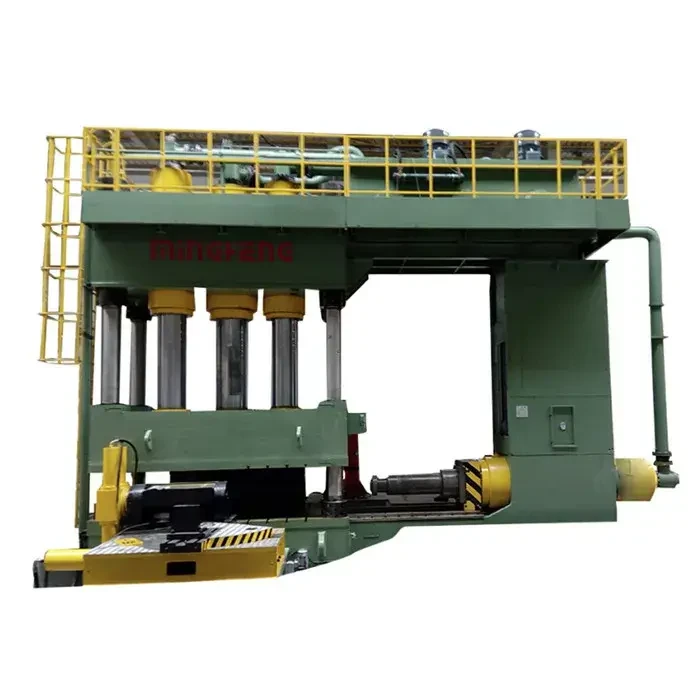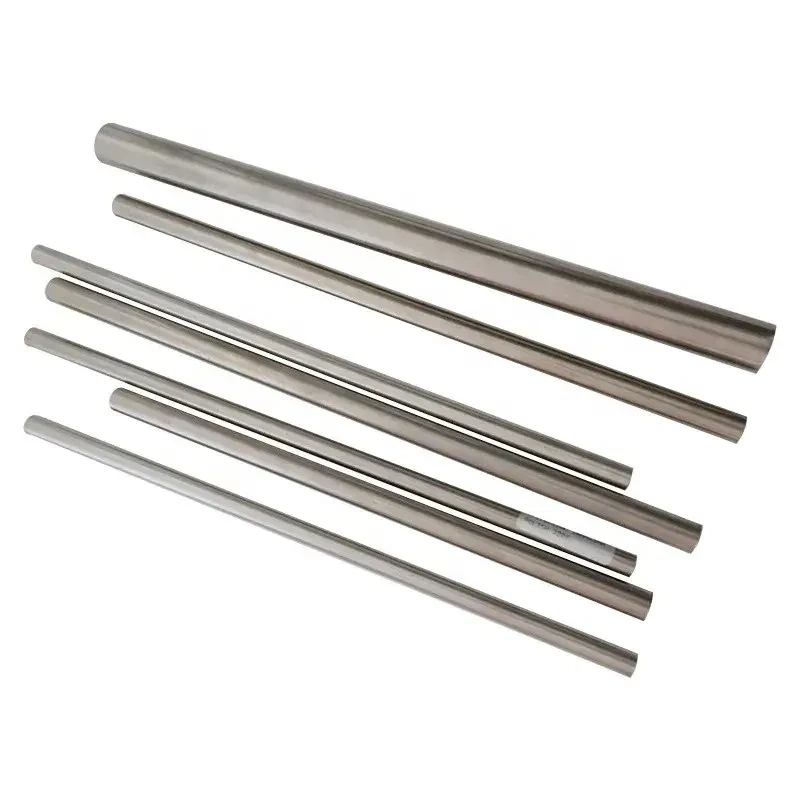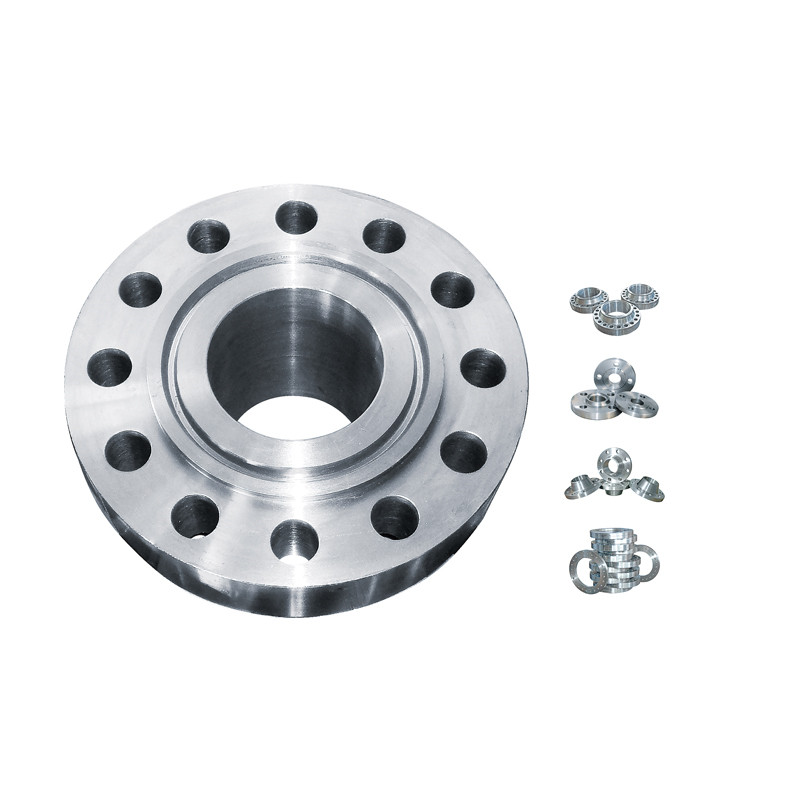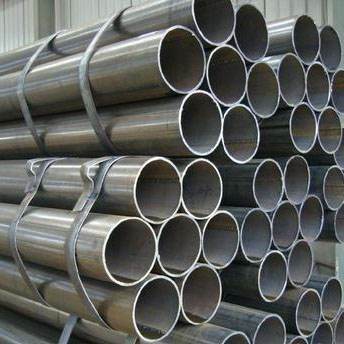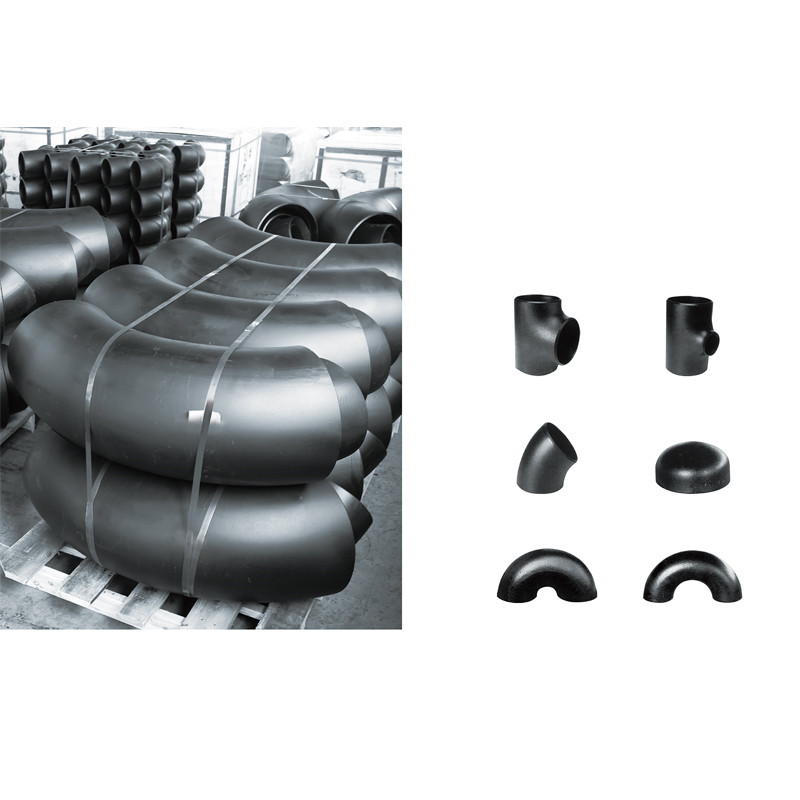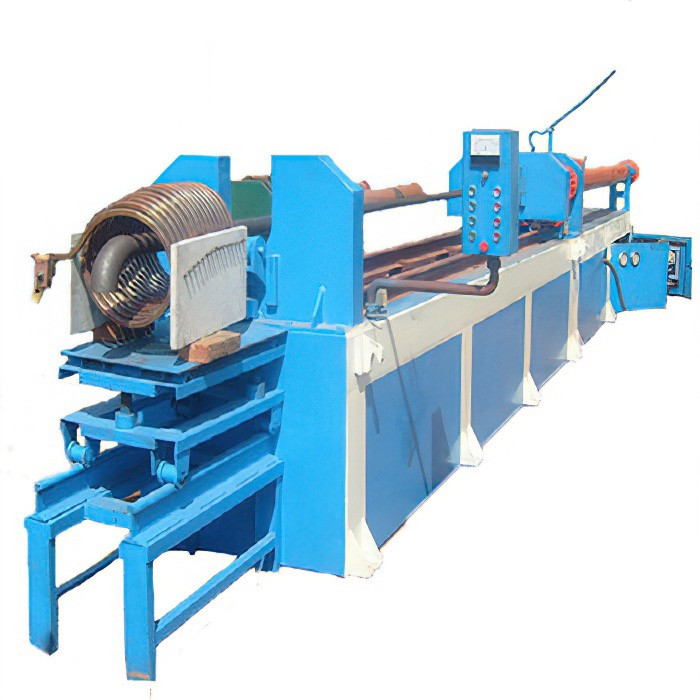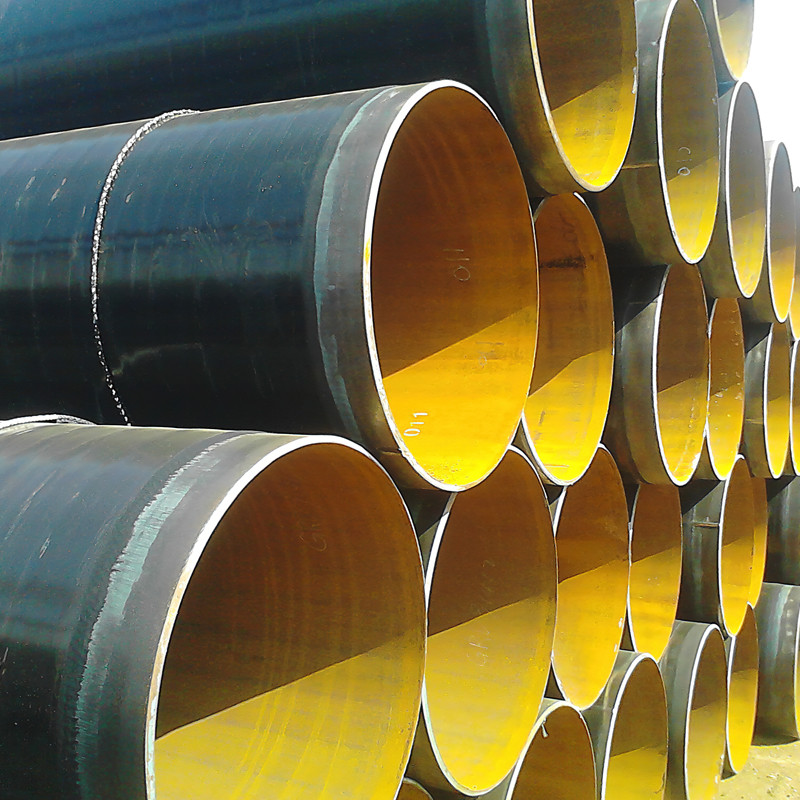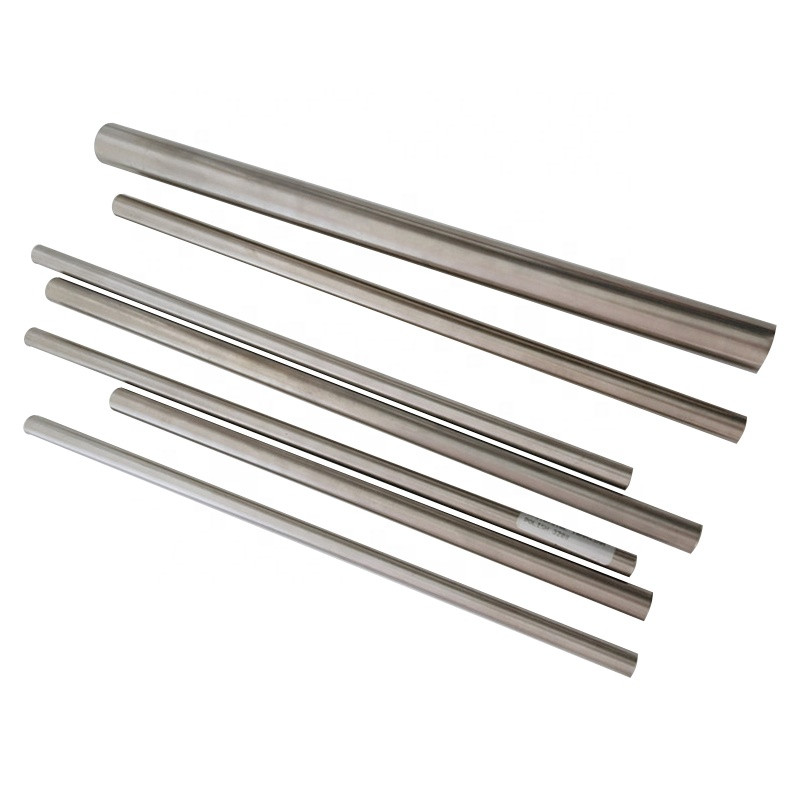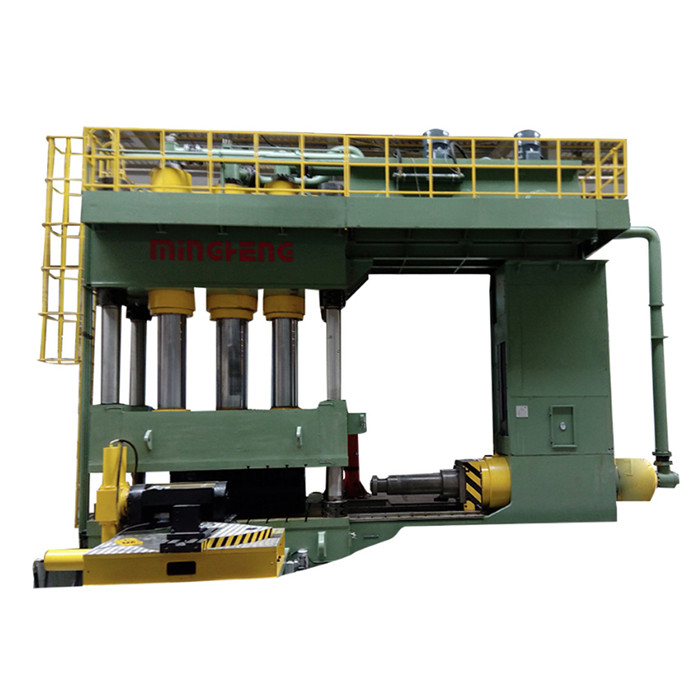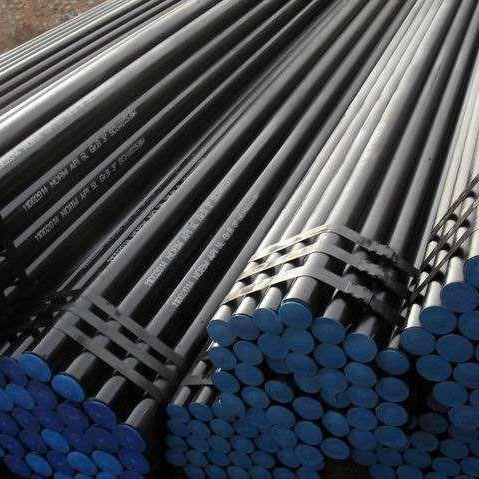Understanding the Role and Reach of the 10 Inch Metal Pipe in Modern Industry
At first glance, a 10 inch metal pipe might sound like just another piece of industrial hardware — bulky, straightforward, and pretty unremarkable. But when you start considering its place in the vast web of global infrastructure, supply chains, and humanitarian efforts, it’s clear these pipes punch well above their weight. From transporting water to enabling energy delivery, knowing what this pipe does, where it’s used, and why it matters can unlock understanding of entire industries and critical worldwide projects.
Globally, industries rely on strong, reliable conduits — and a standard pipe size like 10 inches hits a sweet spot for flow capacity and manageability. The benefits? Enhanced durability means fewer leaks and less downtime; scalability fits both mega-projects and remote setups; and cost efficiency keeps budgets balanced. Here’s why scrutinizing this metal pipe particularly is worthwhile — it’s surprisingly tied to climate resilience, urbanization, and even basic human dignity.
Global Context: Why the 10 Inch Metal Pipe Matters Today
Across continents, infrastructure development continues apace. The World Bank’s data (2023) notes growing investment in water systems and oil and gas pipelines, key sectors heavily dependent on medium-diameter pipes like the 10 inch. In fact, ISO standards have tightened for such pipes, underscoring the importance of both quality and consistency in fabrication. Still, a growing global challenge exists: how to maintain durability while cutting environmental impact and costs.
Urban growth in Asia, Africa, and South America demands pipes that handle increased volume yet remain affordable and adaptable to harsh environments. Meanwhile, industries from petrochemical to agriculture crave piping solutions that don’t buckle under high pressure or corrosive elements. The 10 inch metal pipe often strikes this balance, which is why it’s no surprise to see it featured prominently on construction sites and industrial blueprints worldwide.
Mini takeaway: Thoughtful use of the 10 inch metal pipe plays a pivotal role in sustainable infrastructure development, crucial for meeting worldwide demands.
Defining the 10 Inch Metal Pipe: What Are We Talking About?
Simply put, a “10 inch metal pipe” refers to a cylindrical conduit made primarily from metals such as steel, stainless steel, or galvanized alloys, measuring approximately 10 inches in nominal diameter. Its main function? Transporting fluids (water, oil, gas), venting gases, or serving as structural elements in various engineering contexts.
Its dimensional standardization means it fits countless couplings, valves, and connectors, simplifying assembly and repairs. But this isn’t just industry jargon — in humanitarian crises, these pipes can become lifelines. For example, in post-disaster water restoration projects, rapid deployment of piping with reliable specs ensures safe water access quickly, directly saving lives and protecting public health.
Mini takeaway: The 10 inch metal pipe is more than just metal — it’s a foundational piece vital in sectors ranging from energy to emergency relief.
Key Features that Define the 10 Inch Metal Pipe
1. Durability and Corrosion Resistance
Many engineers emphasize that what sets a good 10 inch pipe apart is its ability to resist harsh environments. Coatings like galvanization or epoxy layers shield steel pipes from rusting, extending service life. In coastal or chemically aggressive environments, this can mean the difference between costly failures and years of steady operation.
2. Scalability & Flexibility in Application
The nominal 10-inch size offers a smart balance; large enough for significant flow rates yet small enough for modular setups and easier transport. This size bridges massive infrastructure and decentralized systems — you see it in sprawling oil refineries and in distributed irrigation networks alike.
3. Cost Efficiency Without Compromise
Contrary to what you’d expect, going bigger isn’t always cheaper per volume moved. The 10 inch pipe often hits a "sweet spot" where material costs and labor don’t skyrocket, keeping projects financially viable without compromising safety or flow capacity.
4. Compliance with International Standards
Clients and regulators alike demand pipe specs that meet ASTM or ISO standards. The 10 inch metal pipe, with standardized diameters and thicknesses (schedule 40, 80, etc.), assures compatibility and performance. This reduces project risk — a crucial factor for large-scale, often cross-border projects.
5. Versatility in Materials
Suppliers offer 10 inch pipes in carbon steel, stainless steel, or galvanized finishes to suit environments — the choice affects performance, weight, and cost. Picking the right material is key to optimizing lifespan, energy efficiency, and installation ease.
Mini takeaway: Durability, flexibility, and cost control are the pillars that make the 10 inch metal pipe a staple in versatile industrial applications.
Where in the World: Applications & Use Cases of the 10 Inch Metal Pipe
Industries that routinely use 10 inch metal pipes span a wide spectrum:
- Oil and Gas: Transporting crude oil and natural gas through mid-sized pipelines onshore and offshore.
- Water Supply and Sewage: Feeding municipal distribution networks and wastewater treatment plants.
- Agriculture: Irrigation systems requiring durable and scalable water delivery.
- Construction: Structural elements in heavy machinery or even scaffolding.
- Post-disaster Relief: Rapid deployment for restoring potable water systems after floods or earthquakes.
Regions like the Middle East, Southeast Asia, and parts of Africa frequently implement these pipes in infrastructure upgrades due to rapid urbanization and energy needs. Take, for example, a recent initiative in Kenya where NGOs installed thousands of meters of 10 inch metal pipe to improve rural water access — showing how industry-standard pipes crossover to social impact.
Mini takeaway: The 10 inch metal pipe is a global player, from industrial giants to humanitarian efforts, a versatile tool shaping diverse outcomes.
Advantages & Long-Term Value: Why Invest in Quality 10 Inch Metal Pipes?
When you consider long-term project success, investing in robust piping solutions pays off. The advantages include:
- Economic Savings: Lower maintenance, reduced leakages, and extended asset life mean fewer replacements and downtime.
- Sustainability: Improved materials and manufacturing reduce waste and environmental footprint.
- Safety and Reliability: Trusted pipes minimize the risk of ruptures, contributing to community safety and operational trust.
- Innovation Potential: Better pipes mean smoother automation in operations and easier integration with digital monitoring.
There’s also an emotional dimension — knowing infrastructure supports clean water or safe fuel delivery instills confidence and dignity, whether in bustling cities or remote settlements.
Product Specification Table: Typical 10 Inch Metal Pipe Dimensions & Features
| Specification | Details |
|---|---|
| Nominal Diameter | 10 inches (254 mm) |
| Material | Carbon Steel, Stainless Steel, Galvanized Steel |
| Wall Thickness | Typically Schedule 40 (6.02 mm) or Schedule 80 (9.27 mm) |
| Length | Commonly 6m to 12m per section |
| Coating Options | Epoxy, Galvanized, Fusion Bonded Epoxy |
| Pressure Rating | Varies; typically up to 1500 psi depending on schedule |
Vendor Comparison: Leading Suppliers of 10 Inch Metal Pipe
| Vendor | Materials Offered | Certifications | Delivery & Support |
|---|---|---|---|
| SteelFlow Inc. | Carbon & Galvanized Steel | ISO 9001, API 5L | Worldwide Shipping, 24/7 Support |
| Global Pipeworks | Stainless Steel, Carbon Steel | ISO 14001, ASTM Compliance | Regional Distribution Centers, Custom Fabrication |
| EcoMetal Pipes Ltd. | Galvanized Steel, Fusion Bonded Epoxy Coated | ISO 9001, LEED Compliant | Focus on Green Logistics, Consulting Available |
Looking Ahead: Future Trends & Innovations
It’s kind of fascinating how even something as “old-school” as metal piping is evolving. Innovations in material science have spawned corrosion-resistant alloys and nano-coatings, increasing lifespan drastically. There’s also growing interest in integrating sensors into pipes — smart pipes that provide real-time data on pressure, flow, and integrity. This digital transformation means maintenance will become predictive, not reactive.
We can’t forget sustainability: recycled metals and carbon-neutral fabrication methods are starting to take hold, reducing pipes’ environmental footprints. Projects tied to renewable energy — like geothermal or hydrogen pipelines — are pushing manufacturers to rethink specs, looking at 10 inch metal pipes that can handle new chemical compositions or temperature extremes.
Challenges & Solutions: What’s Holding Back Wider Adoption?
Of course, there are hurdles. Corrosion remains a battle, especially in saltwater or acidic soils. Transportation and installation costs can chew into tight budgets, and regulatory compliance sometimes slows down innovation adoption. However, techniques like advanced pipeline coatings, improved welding technologies, and modular pipe segments ease many pain points.
Industry experts suggest that collaborating closer with end-users during design and material selection phases minimizes costly retrofits later. Plus, digital twins and detailed project simulations ensure a better fit between pipe specs and environment — saving time and headaches.
FAQ: What You’re Probably Wondering About 10 Inch Metal Pipes
Q1: What applications are best suited for a 10 inch metal pipe?
A: The 10 inch metal pipe excels in medium-scale fluid transport, such as municipal water supply lines, oil and gas pipelines, and irrigation systems. Its size balances flow capacity and installation practicality, making it ideal where space or pressure needs are moderate.
Q2: How durable is a 10 inch metal pipe in corrosive environments?
A: Durability strongly depends on material and coating. Galvanized or epoxy-coated steel pipes resist corrosion well and can last several decades under correct maintenance, even in challenging environments like coastal or industrial zones.
Q3: Are 10 inch pipes easy to replace or upgrade in existing infrastructure?
A: Thanks to standardized dimensions and widespread availability, a 10 inch metal pipe is relatively easy to retrofit or replace, especially when paired with modular connectors and quick-release couplings.
Q4: Can these pipes support green energy projects?
A: Absolutely. Emerging projects involving biofuels, hydrogen pipelines, and geothermal plants often specify 10 inch pipes due to their adaptability and compatibility with various materials designed to handle diverse chemical compositions.
Q5: How do I choose the right vendor for 10 inch metal pipes?
A: Look for suppliers offering certified products with relevant ISO or ASTM standards, good customer support, and delivery options fitting your project scale. Comparing specifications and vendor histories also helps ensure quality and reliability.
Wrapping It Up: The Last Word on 10 Inch Metal Pipes
So there you have it: a robust, surprisingly versatile piece of metal that silently powers everything from your city’s water to far-flung energy ventures. The 10 inch metal pipe isn’t just industrial filler — it’s a linchpin behind global growth, safety, and sustainability. If you’re looking to source quality pipes or learn more, a good next step is checking out reliable vendors — and world-steelmaterial.com is a solid place to start.
Oddly enough, such a straightforward product sparks a curious mixture of technical precision, practical challenge, and human need — all rolled into one. Keep an eye on this space; the next breakthrough could be literally piping through your community.
References
Post time: Nov . 20, 2025 01:00



